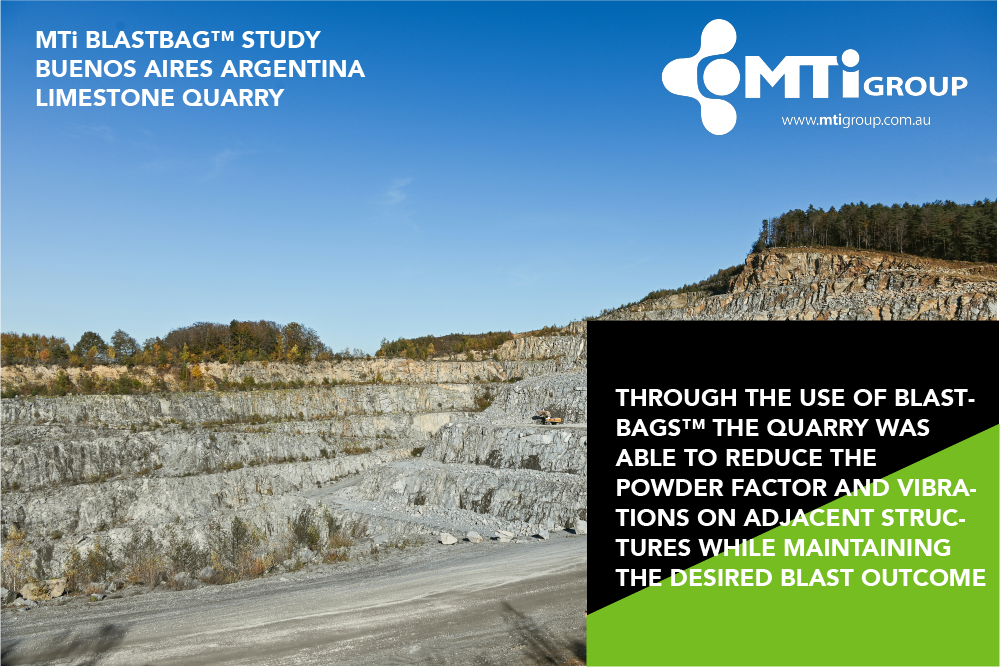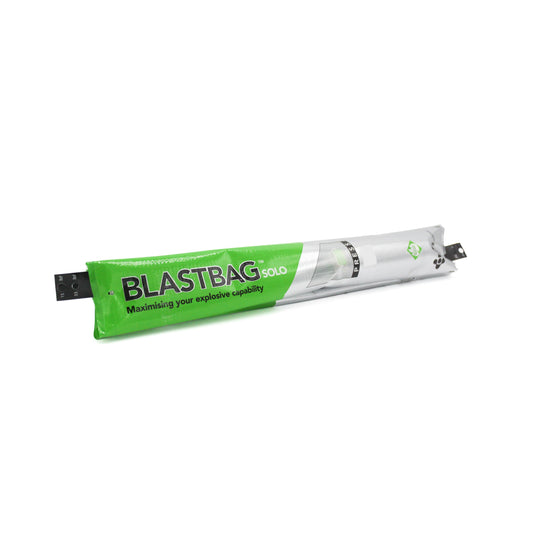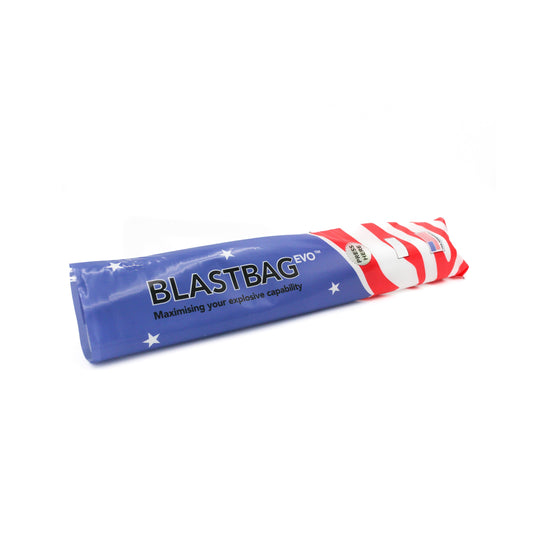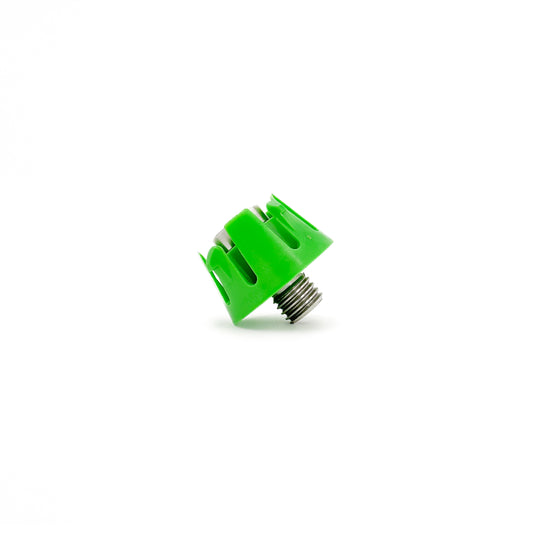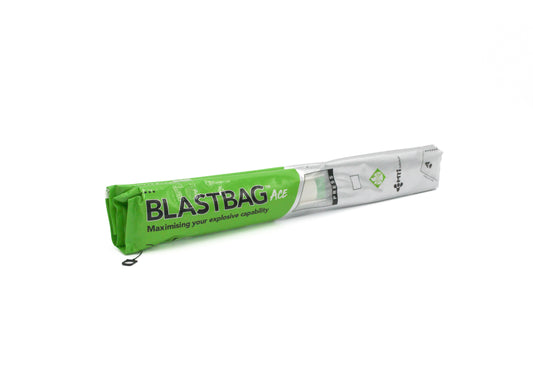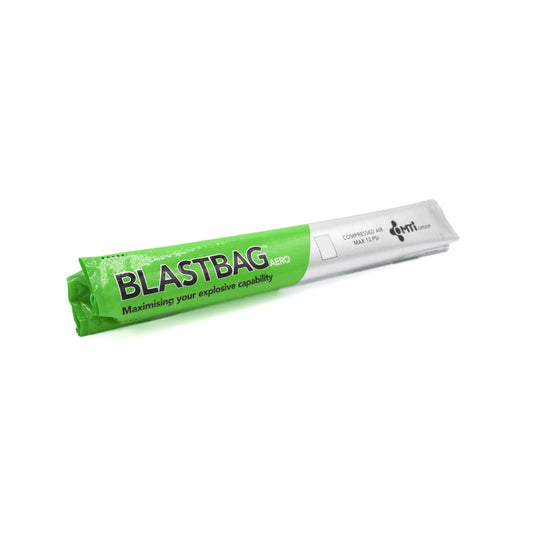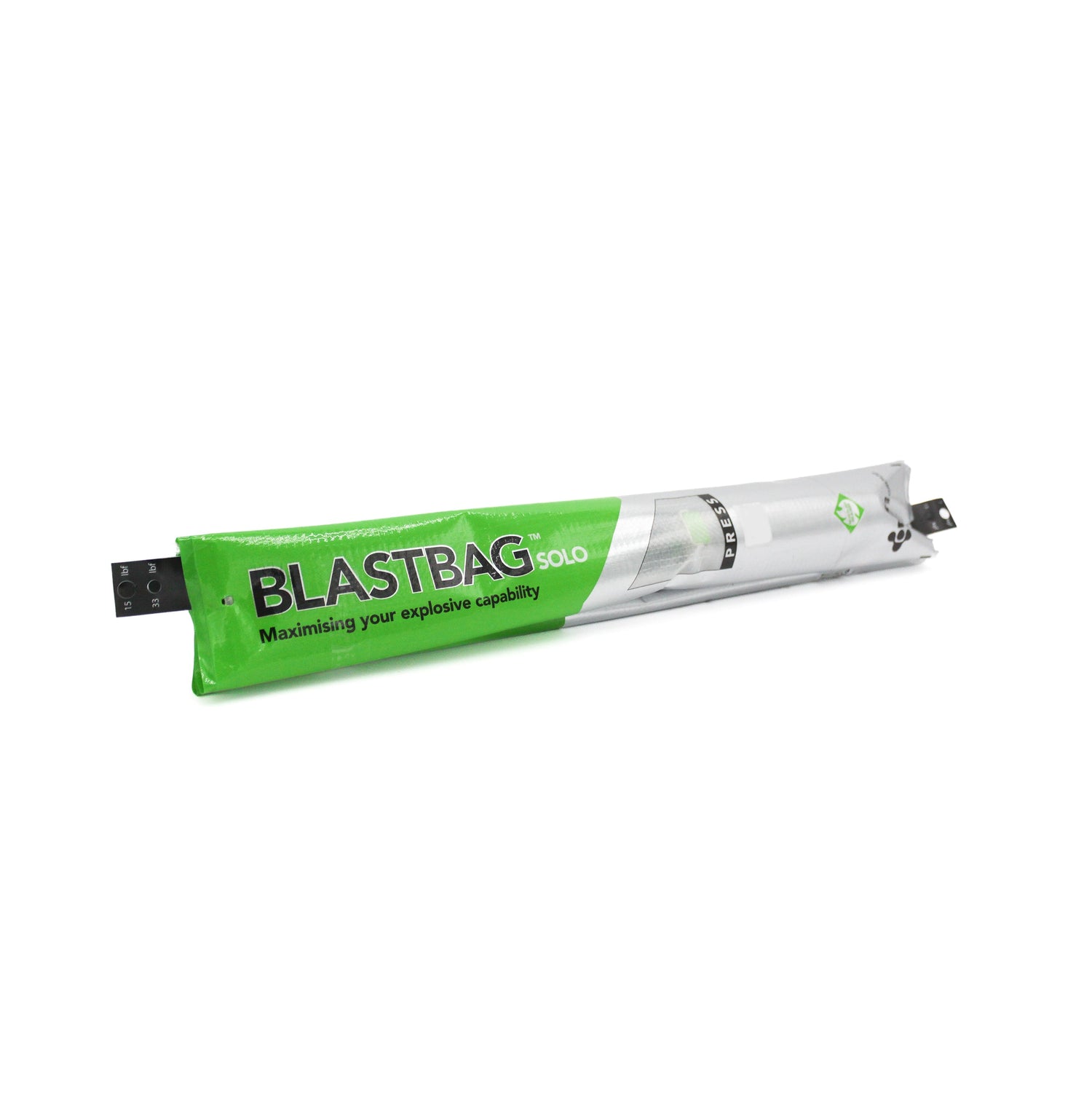THE CHALLENGE
Around urban centres in Argentina, limestone quarries provide raw materials for cement production. The quarry operations are usually small in size with blasting being a considerable operational expense. The loading and firing of single blasts is contracted to the explosive or blasting services provider to deliver a cost-effective proposal while achieving the desired blast outcomes such as adequate post-blast fragmentation. Often, the client also establishes a maximum powder factor to be used in the blast to control cost and vibration at the same time. In this case study, the blasting service provider is contracted by a cement quarry in the outskirts of Buenos Aires to fire a blast in close proximity (100m) of a processing plant, while maintaining the powder factor below 150 g/t. Previous blasts in the same area caused significant vibration exceedances which had raised concerns around the integrity of the structure. Additionally, stemming height had been increased to avoid flyrock and airblast but had resulted in blocky material in the collar zone. To counter the blocky material in the collar region spacing is reduced by 1m increasing powder factors, again adding concerns around increased powder factors and vibrations.
THE SOLUTION
The bench height at the quarry was 22m and drill patterns usually consisted of between 20 to 30 holes in a 6m burden, 8m spacing pattern. Holes are drilled in 6” (152mm) diameters to a depth of 23m with 1 m subdrill. Traditionally, the holes were loaded with a single 18m column of explosives using 5m of drill cuttings as stemming. However, to address blocky material the spacing in Blast 2 was reduced to 7m. If using the same loading configuration as Blast 1, 52.7 tonnes of rock would be blasted with a powder factor of close to 180 g/t. Increasing the powder factor due to a tighter drill pattern, while avoiding vibration exceedances, presented a significant challenge. Particularly as fragmentation to specification was the ultimate goal of the customer. In order to address these constraints and requirements, 2 airdecks were introduced in the blastholes using MTi Aero BLASTBAGS. The MTi Aero BLASTBAGS are inflated with a compressor, allowing the operator to precisely position the bag at the desired depth for the desired purpose, and providing a load carrying capacity of over 1000kgs for explosive or stemming material on top. An intermediate airdeck is introduced in the middle of the explosive column essentially dividing the explosive charge weight and hence reducing the Maximum Instantaneous Charge (MIC) and vibration. In order to ensure adequate fragmentation with a reduced powder factor, particularly in the collar zone, an additional airdeck was introduced between top-charge and stemming, reducing the stemming height by 1.5 m. This allows the action of the explosive gases on a larger section of the blastholes and contributes to achieving the desired fragmentation in the collar section of the blasthole where no explosive is present. Introduction of the airdecks reduced the explosive consumption by 1708 kgs over 21 holes reducing the powder factor from 180 g/t to 148 g/t.
THE RESULTS
With the blast in the same area and at a similar distance to the processing plant, the point of interest, blast outcomes pre and post the introduction of airdecking can be readily compared. Seemingly, the blast induced transversal PPV of 53.2 mm/s slightly exceeded the established limit of 50 mm/s. However, vibrations were greatly reduced compared to previous blasts and the frequency of the blast induced vibrations increased significantly, resulting in frequency adjusted PPVs below the established limits. The blasting service provider was able to deliver the blast movement and fragmentation desired by the quarry operator, reducing blocky material in the collar zone, while staying within the provided constraints. At the same time, the provider was able to do so at a reduced operating cost by reducing the explosive emulsion consumption by 18% from 9518 kgs to 7810 kgs through the introduction of airdecks. While the airdeck methodology added an Aero BLASTBAG to the blast hole, this cost was largely offset by the reduction in powder factor.
While cost is an important driver in quarry blasting, airdecking provides significant benefits for quarry operations despite the cost, often providing a solution to issues critical to the operating license or economic viability of the operation. This case study on a Buenos Aires cement quarry highlights how airdecking addresses both fragmentation and vibration concerns while added costs are more than offset by savings in explosives. High-quality inflatable blastbags allow for precise positioning of the explosives while reliably supporting stemming and explosives, delivering better outcomes for both quarry operator and blasting service provider.
